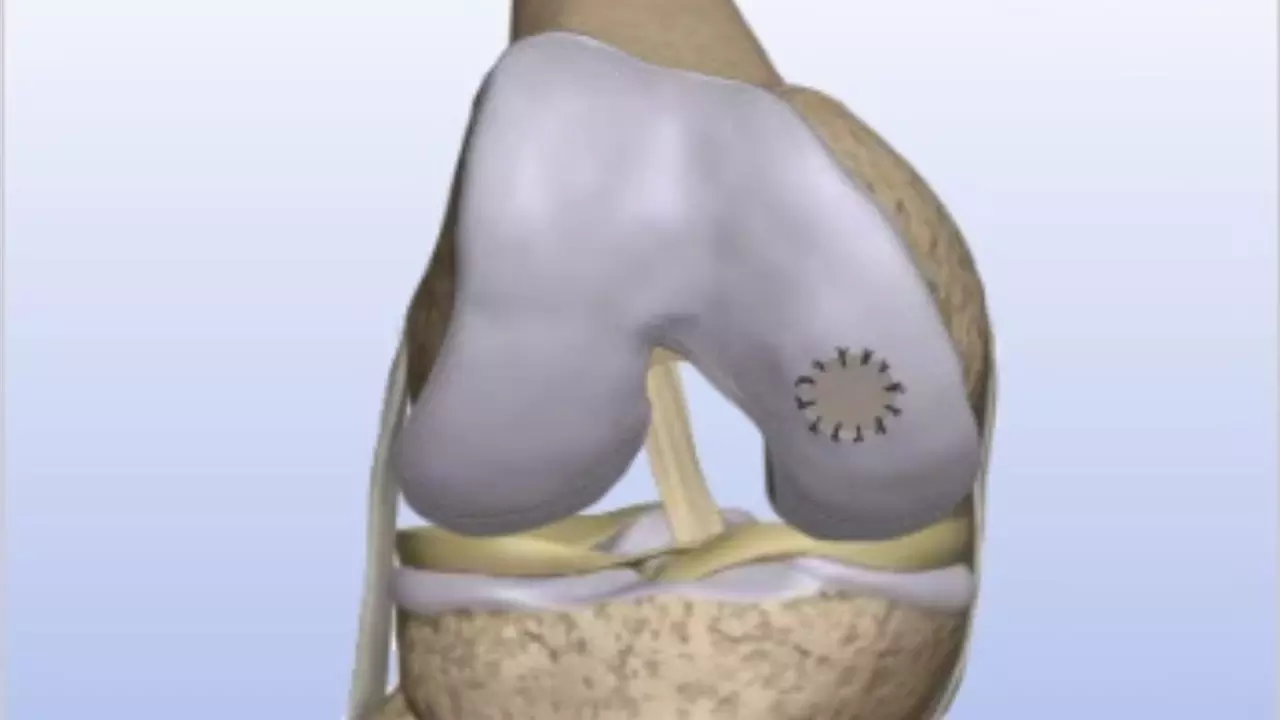- Home
- Medical news & Guidelines
- Anesthesiology
- Cardiology and CTVS
- Critical Care
- Dentistry
- Dermatology
- Diabetes and Endocrinology
- ENT
- Gastroenterology
- Medicine
- Nephrology
- Neurology
- Obstretics-Gynaecology
- Oncology
- Ophthalmology
- Orthopaedics
- Pediatrics-Neonatology
- Psychiatry
- Pulmonology
- Radiology
- Surgery
- Urology
- Laboratory Medicine
- Diet
- Nursing
- Paramedical
- Physiotherapy
- Health news
- Fact Check
- Bone Health Fact Check
- Brain Health Fact Check
- Cancer Related Fact Check
- Child Care Fact Check
- Dental and oral health fact check
- Diabetes and metabolic health fact check
- Diet and Nutrition Fact Check
- Eye and ENT Care Fact Check
- Fitness fact check
- Gut health fact check
- Heart health fact check
- Kidney health fact check
- Medical education fact check
- Men's health fact check
- Respiratory fact check
- Skin and hair care fact check
- Vaccine and Immunization fact check
- Women's health fact check
- AYUSH
- State News
- Andaman and Nicobar Islands
- Andhra Pradesh
- Arunachal Pradesh
- Assam
- Bihar
- Chandigarh
- Chattisgarh
- Dadra and Nagar Haveli
- Daman and Diu
- Delhi
- Goa
- Gujarat
- Haryana
- Himachal Pradesh
- Jammu & Kashmir
- Jharkhand
- Karnataka
- Kerala
- Ladakh
- Lakshadweep
- Madhya Pradesh
- Maharashtra
- Manipur
- Meghalaya
- Mizoram
- Nagaland
- Odisha
- Puducherry
- Punjab
- Rajasthan
- Sikkim
- Tamil Nadu
- Telangana
- Tripura
- Uttar Pradesh
- Uttrakhand
- West Bengal
- Medical Education
- Industry
Cesarean section, Preeclampsia and uterine rupture risk factors for intrauterine tamponade failure in PPH

A new investigation found that Cesarean delivery, preeclampsia, and uterine rupture are the risk factors for intrauterine tamponade failure in the management of postpartum hemorrhage.
The study was published in the journal Obstetrics and Gynecology.
Postpartum hemorrhage is the most common complication of childbirth. PPH is defined as cumulative blood loss greater than 1000 mL with signs and symptoms of hypovolemia within 24 hours of the birth process, regardless of the route of delivery. Intrauterine tamponade is the common method of treating uterine bleeding. Researchers conducted a study to identify the risk factors associated with intrauterine tamponade failure after vaginal or cesarean delivery.
A nationwide population-based cohort study was done using data from the French Programme de Médicalisation des Systèmes d'Information to compare the failure and effectiveness of intrauterine tamponade among all women who received the procedure in France from January 1, 2019, to December 31, 2019. Failure of tamponade was defined as the use of a second-line method like uterine artery embolization, conservative or radical surgery, or death within 7 days of intrauterine tamponade. Factors associated with intrauterine tamponade failure were identified by univariate analyses and tested using multivariate generalized logistic regression models to obtain adjusted odds ratio (aOR) and 95% CI statistics.
Results:
- A total of 39,193 patients presented with postpartum hemorrhage in 474 French maternity wards.
- Of these patients, 1,761 (4.5%) received intrauterine tamponade for persistent bleeding.
- Intrauterine tamponade showed an effective rate of 88.9%.
- A second-line method was indicated for 195 women (11.1%).
- Patients for whom intrauterine tamponade failed had higher maternal age, a lower mean gestational age, and more frequent instances of placental abnormalities, preeclampsia, cesarean birth, and uterine rupture.
- The multivariate analysis revealed that cesarean birth, preeclampsia, and uterine rupture were independently associated with intrauterine tamponade failure.
Thus, the researchers revealed that Cesarean delivery, preeclampsia, and uterine rupture are the risk factors that are associated with intrauterine tamponade failure in the management of postpartum hemorrhage.
For the full article, click here: 10.1097/AOG.0000000000004888
Gibier M, Pauly V, Orleans V, Fabre C, Boyer L, Blanc J. Risk Factors for Intrauterine Tamponade Failure in Postpartum Hemorrhage [published online ahead of print, 2022 Aug 3]. Obstet Gynecol. 2022;10.1097/AOG.0000000000004888.
BDS, MDS
Dr.Niharika Harsha B (BDS,MDS) completed her BDS from Govt Dental College, Hyderabad and MDS from Dr.NTR University of health sciences(Now Kaloji Rao University). She has 4 years of private dental practice and worked for 2 years as Consultant Oral Radiologist at a Dental Imaging Centre in Hyderabad. She worked as Research Assistant and scientific writer in the development of Oral Anti cancer screening device with her seniors. She has a deep intriguing wish in writing highly engaging, captivating and informative medical content for a wider audience. She can be contacted at editorial@medicaldialogues.in.
Dr Kamal Kant Kohli-MBBS, DTCD- a chest specialist with more than 30 years of practice and a flair for writing clinical articles, Dr Kamal Kant Kohli joined Medical Dialogues as a Chief Editor of Medical News. Besides writing articles, as an editor, he proofreads and verifies all the medical content published on Medical Dialogues including those coming from journals, studies,medical conferences,guidelines etc. Email: drkohli@medicaldialogues.in. Contact no. 011-43720751




